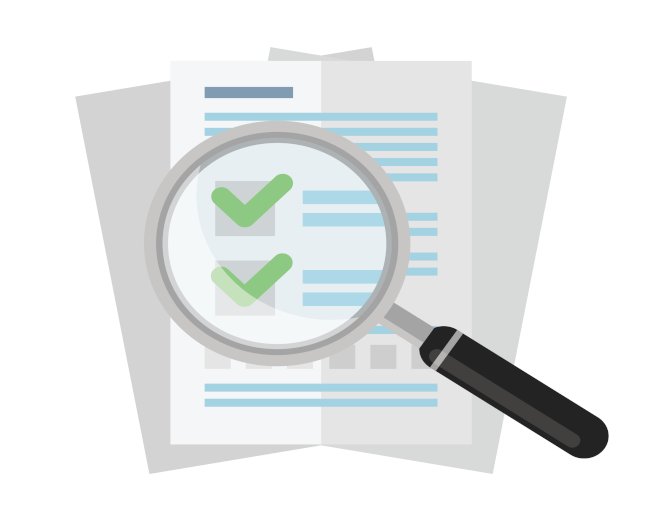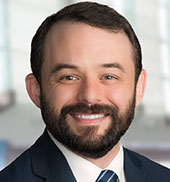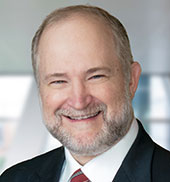The Families First Coronavirus Response Act (“Act”) was recently passed by Congress and signed into law by President Trump. It is effective April 1, 2020. It will establish new emergency medical and sick leave benefits for the employees of all employers with fewer than 500 employees during the period from April 1, 2020 until December 31, 2020, subject to an important exception for medical practices and other health care entities.
The new Act expands the provisions of the Family Medical Leave Act to cover employees who are unable to work because the employee must be at home to care for a minor child who is home due to school closure or day care closure and the employee cannot work from home or via telework. In that case, after the first 10 days, the employee is to receive two-thirds (2/3) of his or her regular pay, not to exceed $200 per work day or $10,000 in the aggregate. (Note: If the employee has other applicable paid medical leave benefits, he or she can elect to use those benefits for the first 10 days in lieu of this new emergency benefit but cannot be required to do so.)
The new Act also creates a new Emergency Paid Sick Leave benefit for up to two weeks (80 hours maximum) for employees who (A) are subject to a Federal, State, or local quarantine order related to the coronavirus (COVID-19), (B) have been advised by a health care provider to self-quarantine or are ill or feared to be ill from COVID-19 and seeking a medical diagnosis, (C) are caring for someone else who is ill or feared to be ill with COVID-19, or (D) are caring for a minor child of the employee whose school or day care is closed due to COVID-19. In the case of employees in categories A and B, above, they are entitled to receive their full pay up to $511 per day, but not to exceed $5,110 in the aggregate. In the case of employees in categories C or D, above, they are entitled to receive up to $200 per day, but not to exceed $2,000 in the aggregate. Part-time employees are entitled to receive reduced benefits based upon their average number of hours worked over a two-week period.
Employers will be required to immediately post in the usual office locations US Department of Labor notices of the new law’s key provisions. The notice obligations may be satisfied by emailing or direct mailing this notice to employees, or posting this notice on an employee informational internal or external website. A copy of the required posting can be found here.
The cost of the new benefits is recoverable by employers from the employers’ portion of Social Security taxes paid during the period when the benefits are paid, with the stipulation that if the benefits exceed the Social Security taxes then owed, the United States government will treat the excess as an overpayment of Social Security taxes and refund the amount to the employer.
Of particular importance for medical practices and other health care entities is the fact that the law allows such employers the right to elect to exclude their employees who are health care providers from eligibility for the new medical leave and sick leave programs. The exclusion would need to be communicated to the affected employees quickly, but no advance or subsequent government approval of the exclusion of the employees would be required. It is unclear if a medical entity can make the exclusion on an employee-by-employee basis, so one should be careful to obtain legal advice on this subject before attempting to make such differential elections for different employees or groups of employees. Such individual-based exclusions appear to be permitted by the statute, but a more definitive ruling on that subject will come from the regulations under the new Act, which are expected shortly.
We believe that the safest course for now, if feasible, is for health care entities either to exclude all of their employees who are health care providers from the new medical and sick leave provisions or to exclude none of their employees who are health care providers. However, employers must be alert to changes and interpretations that may be coming shortly via regulations. One of those interpretations will undoubtedly be a definition of precisely when an employee is a “health care provider.”
Jim Fogle is a member of Thompson Coburn’s Health Care practice group.
Click here to subscribe to News & Insights from Thompson Coburn related to our practices as well as the latest on COVID-19 issues.


















